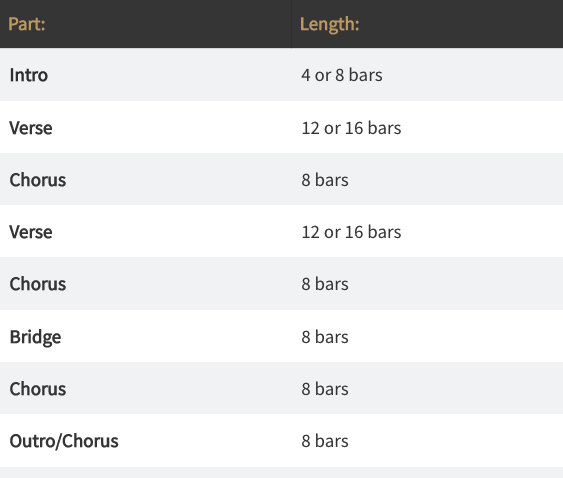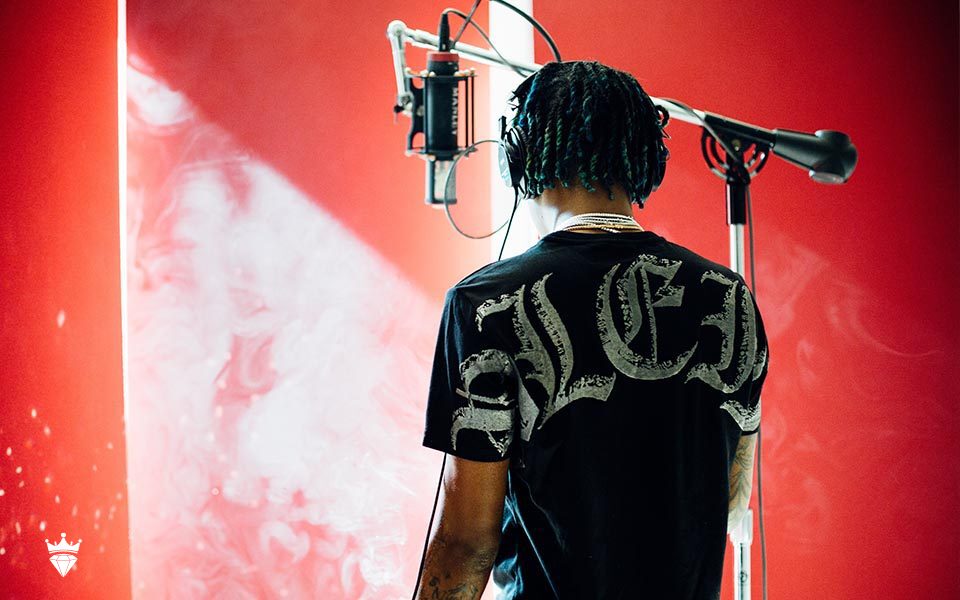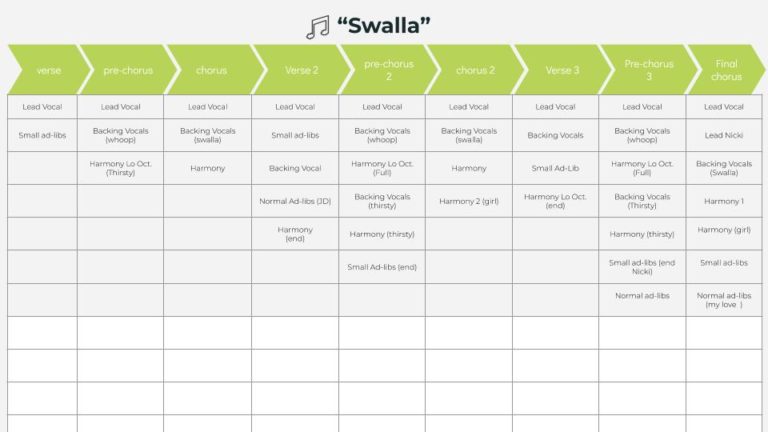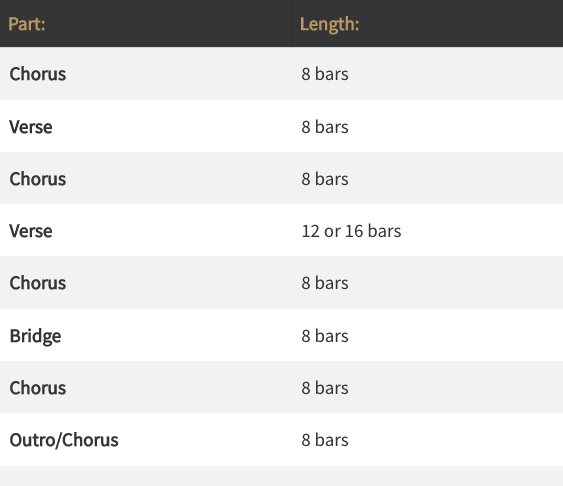
Punbeatz
Music Producer, Entrepeneur
These topics are rarely mentioned by music professionals but I believe they hold the key to creating hit records.
I’ve always found it interesting how people react to music. In the past 8 years that I’ve been producing music, I’ve taken a very analytical approach when listening to music in general. Constantly trying to figure out what makes a hit record a ‘hit record’.
- Have you ever wondered why you sometimes skip a song on your Spotify playlist just seconds before it ends?
- Ever wondered where you got that special power to determine if a song is good after listening to it for 15 seconds?
- What about those ‘ordinary’ people who can tell if they like or dislike a song but can’t explain why they do.
- Or wait… Ever had goosebumps?
By the time you’re done reading this article, you will know exactly:
- How to properly structure your songs using proven hit-formulas.
- Why most songs these days are only 2:30 minutes long and how it can benefit you as well.
- How to add more excitement to your songs and have people play your songs on repeat.
- How to create a dynamic buildup throughout your songs to expand the listener’s attention span.
- How to make your songs ‘easy’ to listen to using The Power of Repeat.
- How to get people hooked to your song from the start
Song Structure
There are lots of articles written about this important part of songwriting already so I won’t go really in-depth about it. Facts are you’ve probably noticed this already in today’s music.
EDM tracks are known for using the same song structure over and over again. The media even covered this when someone mixed four different Martin Garrix songs together.
But it’s not only in EDM. Similar formulas are used over and over again in Pop and Urban related genres as well.
Here’s a layout of a common song structure used in today’s Pop and R&B music:

Hip hop tracks, for example, (usually) have 16 bar verses and 8 bar hooks.
The length of your song
Luckily, there’s a simple trick to determine the best structure of your song.
Make sure the total length of your song is no longer than 3:45 minutes. Preferably, make it even shorter. About 3:00 – 3:30 minutes tops.
Most songs these days are around 3:00 minutes long. Some even shorter! This is a major difference compared to ten years ago. Back then, songs were anywhere between 3:30 and 5:00 minutes.
There are two reasons why the length of songs have greatly decreased over the years.
- People have a shorter attention span compared to ten years ago. (We’ll cover this more in-depth further in this guide)
- Financial reasons
The financial reason why the length of songs have decreased has to do with the introduction of streaming services such as Spotify and Apple Music. Hard copy sales are almost irrelevant in today’s music industry and labels are desperately trying to bring their profits back up.
Since streaming is far less profitable, decreasing the song length helps to increase the rotation speed of songs in Spotify playlists for example. Generating more plays equals more profit.
Needless to say, this applies to independent artists as well. It’s more beneficial to distribute an album of twelve 2-minute songs than an EP of five 4-minute songs.
Dynamics
A dynamic buildup throughout your song is of the utmost importance, yet a lot of artists fail to understand this crucial part of songwriting.
I truly believe it holds the key to creating hit records so I decided to base an entire theory on it called The Rollercoaster Music Theory. It’s an important lesson that we teach artists in our Zero To Radio Ready masterclass.

Punbeatz
Music Producer, Entrepeneur







